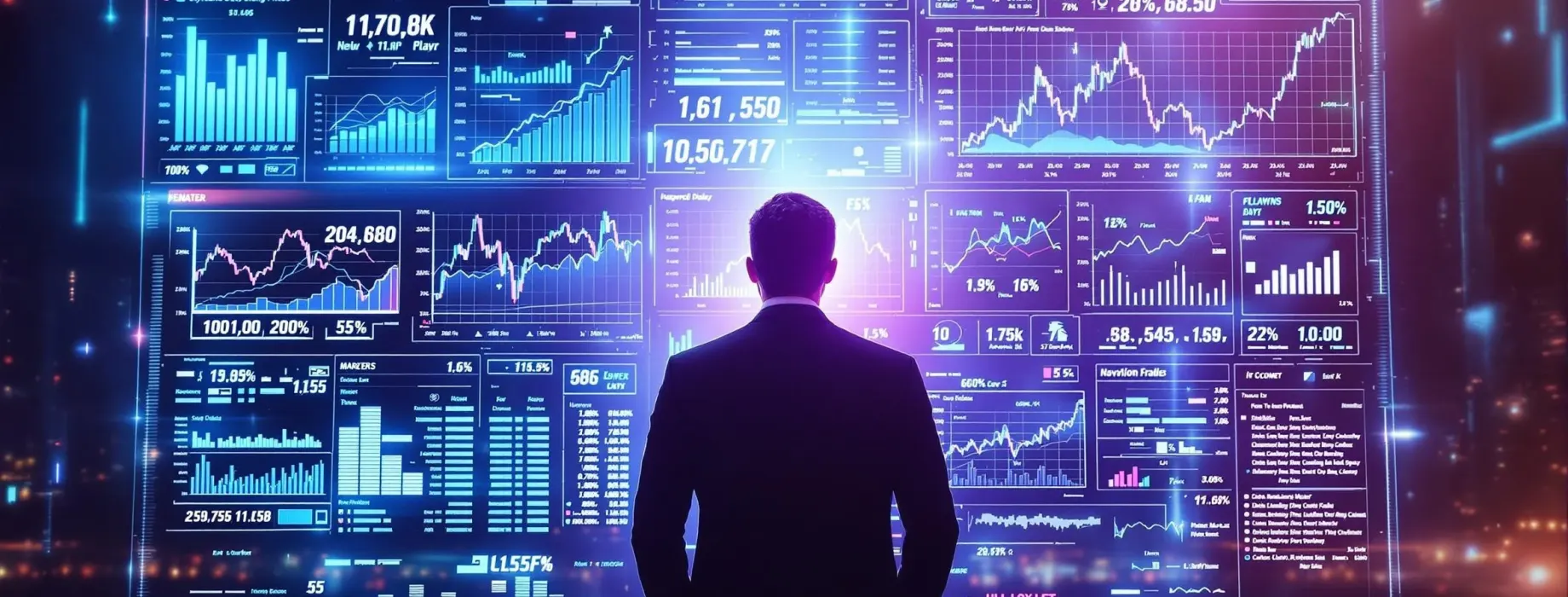- Order matching engines that pair buy and sell orders
- Risk management systems that monitor exposure
- Data feeds providing real-time market information
- Trading interfaces for user interaction
Electronic Trading Systems and Their Impact on Financial Markets

Electronic trading has revolutionized financial markets by replacing traditional floor trading with digital systems. This shift has created faster transactions, reduced costs, and opened markets to more participants. Let's explore how these systems work and their benefits for traders.
What Is Electronic Trading?
Electronic trading refers to the buying and selling of financial instruments through electronic networks rather than physical trading floors. These systems match buyers with sellers automatically using sophisticated algorithms and provide instant order execution.
The shift toward electronic trading began in the 1970s but accelerated dramatically in the 1990s with internet advancement. Today, most global market transactions occur electronically, with only a small percentage happening through traditional methods.
| Era | Trading Method | Execution Speed |
|---|---|---|
| Pre-1970s | Floor Trading | Minutes to Hours |
| 1980s-1990s | Early Electronic Systems | Seconds |
| 2000s-Present | Modern Electronic Trading | Milliseconds to Microseconds |
Key Components of Electronic Trading Systems
Modern electronic trading platforms consist of several integrated components working together to facilitate market transactions. Understanding these elements helps traders navigate the digital marketplace more effectively.
Electronic equity trading has become the standard for stock markets worldwide. These systems process millions of orders daily with minimal human intervention, creating efficient price discovery mechanisms.
| Component | Function | Benefit |
|---|---|---|
| Order Matching Engine | Pairs buy/sell orders | Eliminates need for brokers |
| Market Data Systems | Distribute price information | Ensures transparency |
| Trading Interface | User control panel | Provides market access |
| Risk Controls | Manages exposure | Prevents catastrophic losses |
Benefits of Electronic Trading
The transition to electronic markets has created numerous advantages for both individual and institutional participants. These benefits explain why electronic share trading has largely replaced traditional methods.
- Lower transaction costs from reduced overhead
- Faster execution speeds enabling time-sensitive strategies
- Greater market access for retail participants
- Enhanced transparency with visible order books
| Benefit | Traditional Trading | Electronic Trading |
|---|---|---|
| Commission Costs | High | Low |
| Execution Time | Minutes | Milliseconds |
| Hours of Operation | Limited | Extended or 24/7 |
| Geographic Access | Location-dependent | Global |
Popular Electronic Trading Platforms
Various platforms serve different market segments, from professional traders to casual investors. Pocket Option has gained popularity among certain trader demographics for its accessibility and feature set.
When selecting a platform for electronic equities trading, considerations should include fee structure, available markets, analytical tools, and reliability. Many brokers offer demo accounts to test their systems before committing real capital.
| Platform Type | Typical Users | Key Features |
|---|---|---|
| Professional Terminals | Institutional Traders | Advanced Analytics, API Access |
| Retail Platforms | Individual Investors | User-Friendly Interface, Educational Resources |
| Mobile Applications | On-the-go Traders | Simplified Controls, Notifications |
Challenges in Electronic Trading
Despite its advantages, electronic trading presents certain challenges that participants should understand. Technology dependence creates new forms of risk that didn’t exist in traditional markets.
- Technical failures and system outages
- Cybersecurity concerns
- Market volatility from algorithmic trading
- Information overload for new traders
| Challenge | Impact | Mitigation Strategy |
|---|---|---|
| System Outages | Inability to execute trades | Multiple broker accounts |
| Cybersecurity | Account compromise | Strong authentication |
| Flash Crashes | Rapid price movements | Protective stop orders |
Conclusion
Electronic trading has fundamentally changed financial markets by increasing efficiency, reducing costs, and democratizing access. As technology continues to evolve, we can expect further innovations that make markets even more accessible and efficient. For those entering the trading world today, understanding these electronic systems is essential for effective participation in modern financial markets.
FAQ
What's the difference between electronic trading and traditional trading?
Electronic trading uses digital systems to match orders automatically, while traditional trading relied on human brokers on physical trading floors. Electronic methods offer faster execution, lower costs, and 24/7 access in many markets, whereas traditional trading had limited hours and higher fees.
Is electronic trading safe?
Electronic trading incorporates multiple security layers, but carries risks like system failures, cyberattacks, and technical glitches. Most reputable platforms use encryption, two-factor authentication, and regulatory compliance to protect users. Always use strong passwords and secure connections.
What equipment do I need to start electronic trading?
Basic requirements include a reliable internet connection, a computer or smartphone, and an account with a trading platform. Professional traders often add multiple monitors, specialized software, and backup systems. Most platforms work with standard consumer devices.
How do electronic trading fees compare to traditional brokers?
Electronic trading typically offers substantially lower fees than traditional brokerages. Online platforms have reduced commission structures, sometimes offering commission-free trades on certain products. However, be aware of other potential fees like inactivity charges or data subscriptions.
Can beginners succeed with electronic trading?
Beginners can participate in electronic trading, but should start with education and practice accounts. The learning curve varies by market and strategy complexity. Start with small positions, focus on risk management, and gradually build knowledge through consistent study and controlled experience.